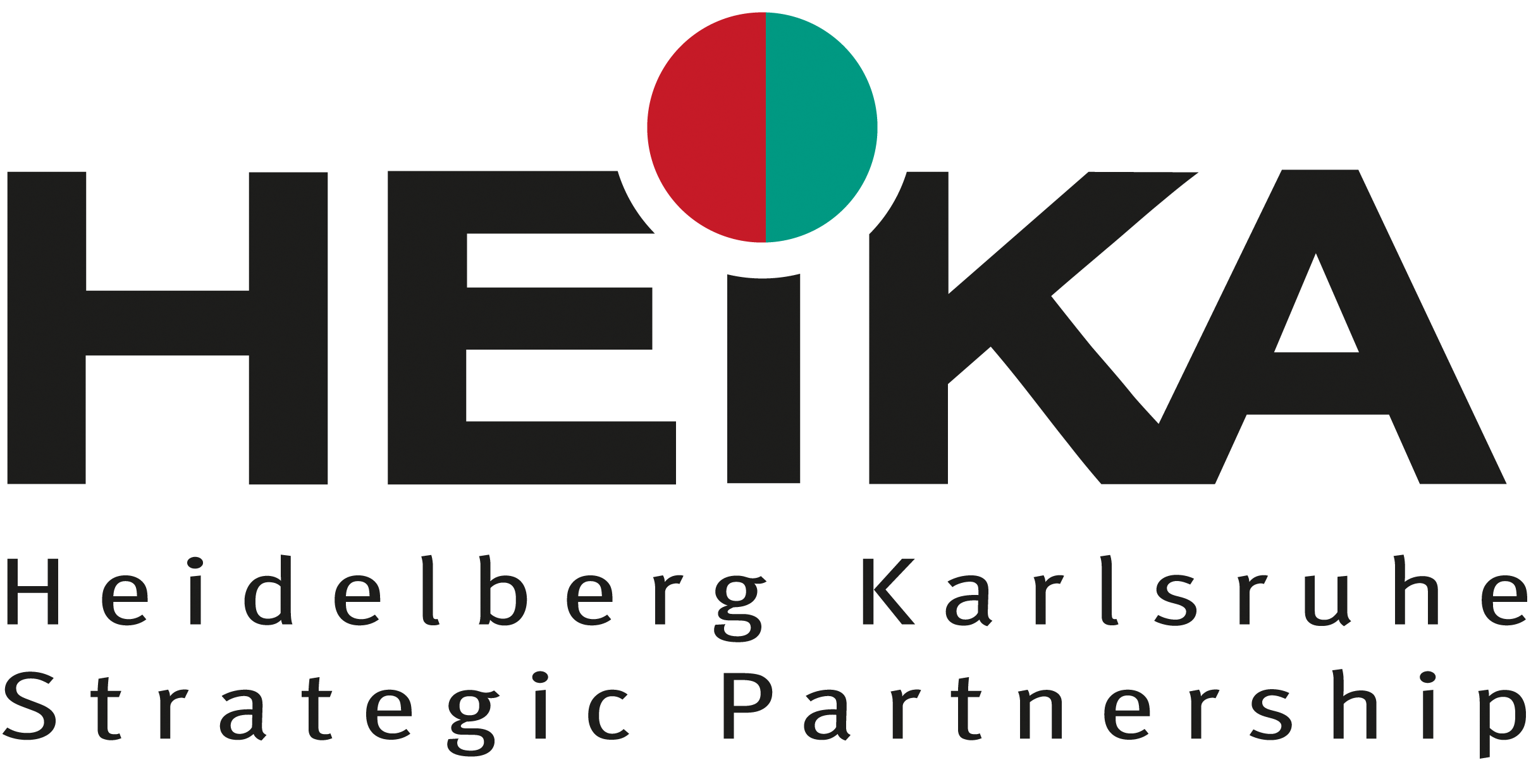Self-renewal of stem cells is essential to ensure the long-term regeneration capacity of organs and tissues. In skeletal muscle, stem cells self-renew via the formation of a limited number of so-called reserve cells from myoblasts, the muscle progenitor cells. Unlike myoblasts, reserve cells do not terminally differentiate but return to quiescence. A technical challenge to study the mechanisms underlying this process is to control the function of endogenous candidate regulators with high temporal and spatial precision. Our aim was to develop optogenetic tools to control the function of a candidate regulator of self-renewal. Our first approach was to engineer the LOV2 domain to photocage a short effector peptide which blocks the function of the candidate regulator in the nucleus. This was however not successful. Therefore, we have started to develop an alternative approach based on the control by light of the subcellular localization of the effector peptide. Here, the peptide is fused to LINuS, a LOV2 domain-based optogenetic tool which translocates to the nucleus upon light exposure. Several designs are being tested. In parallel, we have optimized the illumination conditions for use in muscle differentiation experiments. Thus, this HEiKA project paved the way for future studies aiming to dissect the temporal control of skeletal muscle differentiation.
Research bridges
Run-time
-
Institute of Biological and Chemical Systems (IBCS)
Karlsruhe Institute of Technology

